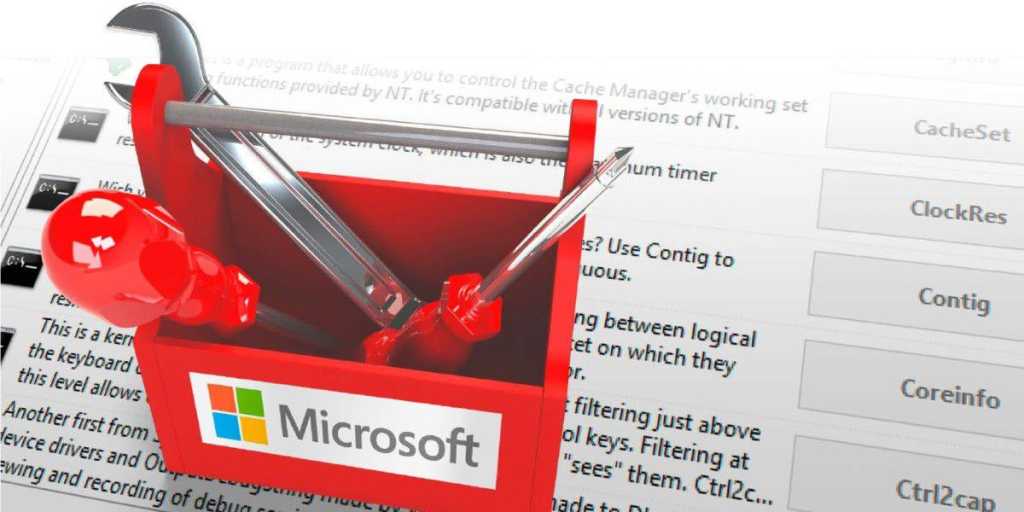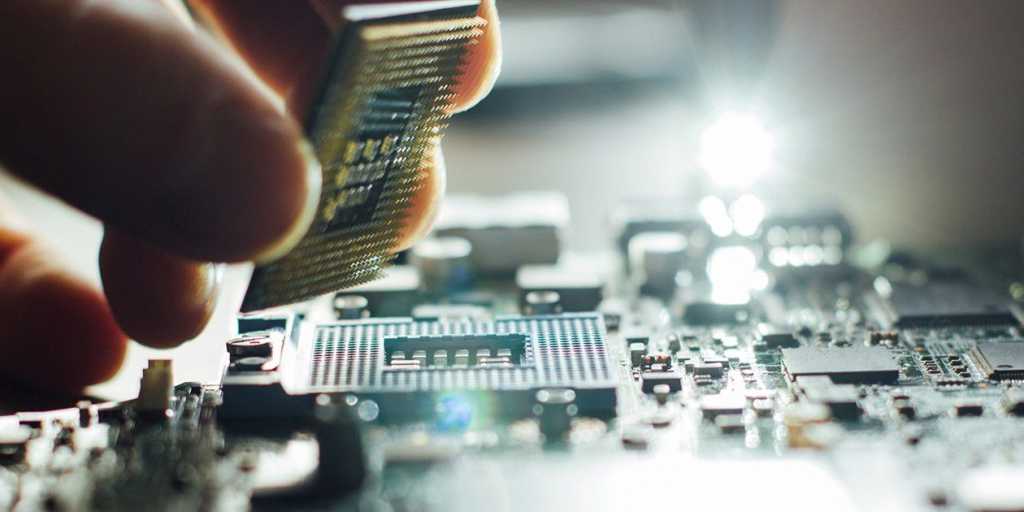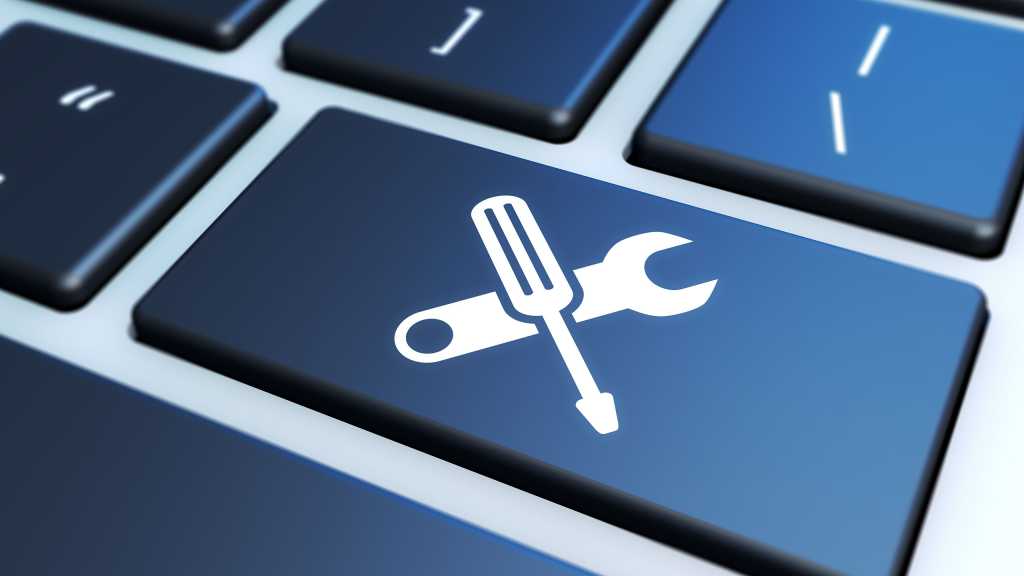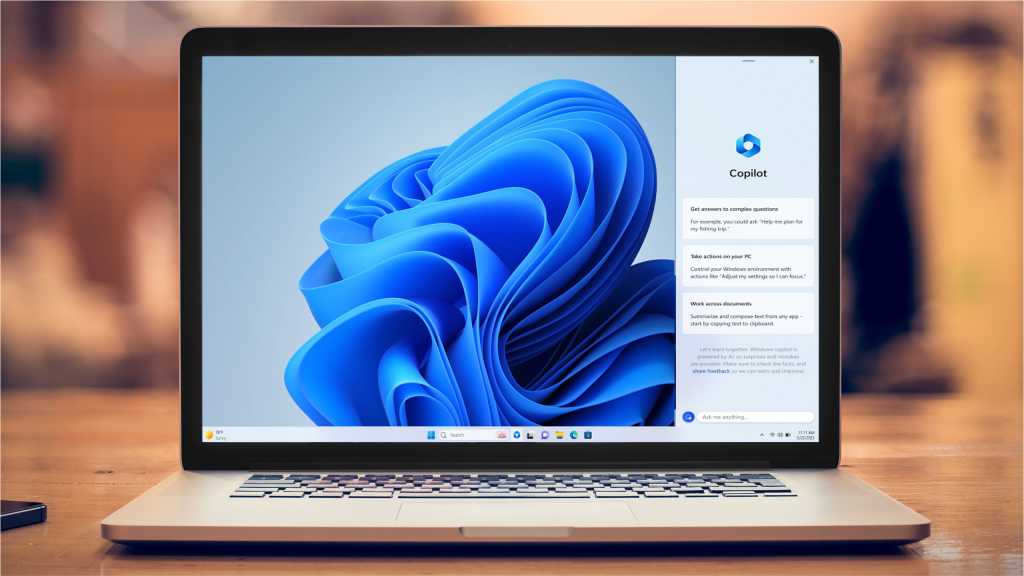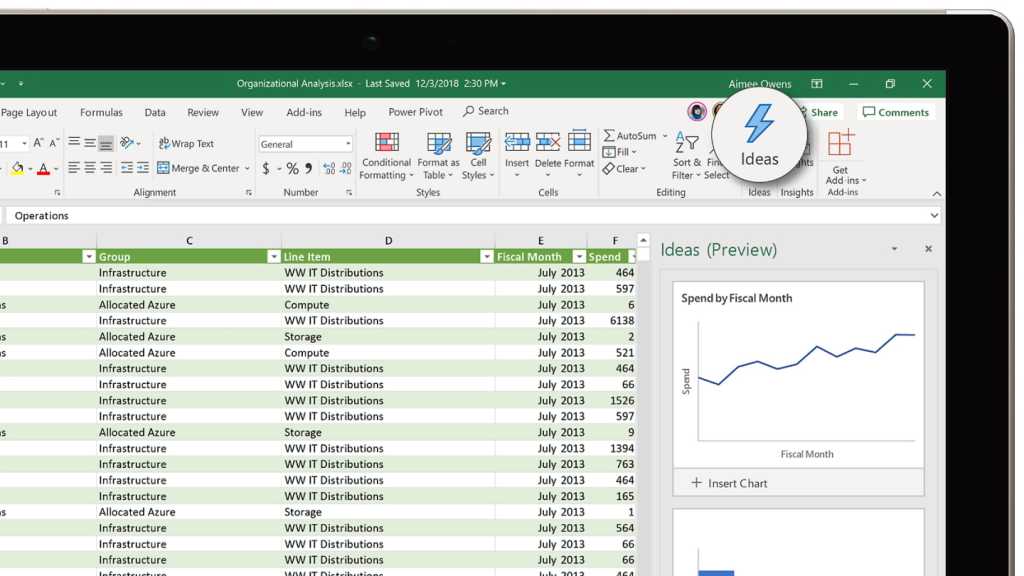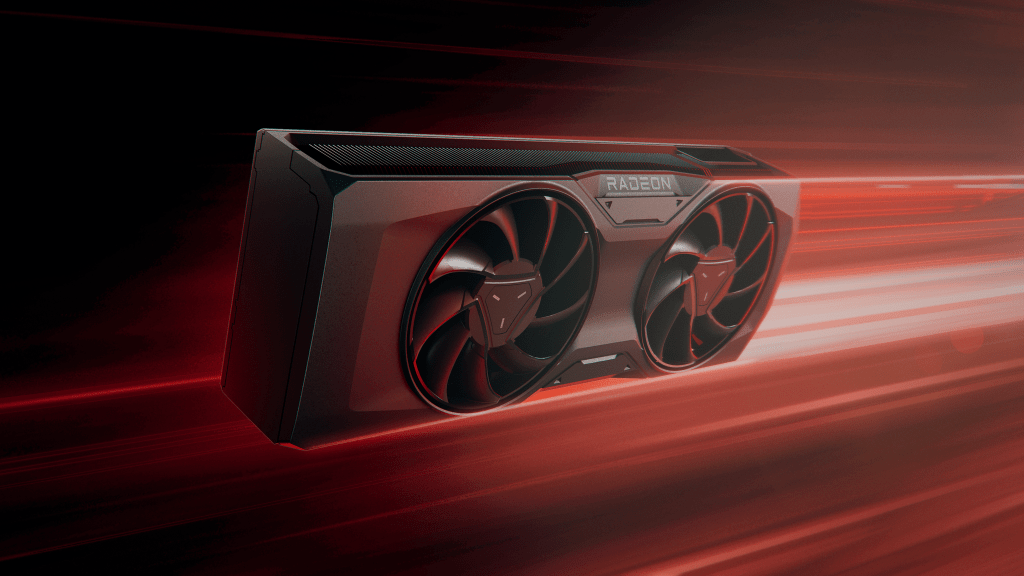Experience, knowledge, testing, and research are crucial for smooth and efficient home computing. But technology evolves rapidly. We’ve examined 14 common tech beliefs to determine their validity.
Power Strips and Device Interference
It’s often claimed that plugging certain devices into the same power strip causes interference. This is generally untrue; electromagnetic interactions are negligible. A single circuit powers multiple appliances in several rooms anyway.
However, the total power draw of all devices on a power strip matters. This shouldn’t exceed 3,000 watts, primarily a concern for heating appliances. Coffee makers, kettles, toasters, space heaters, washing machines, and dishwashers should be plugged directly into wall sockets, avoiding simultaneous use on a power strip. PCs, monitors, TVs, and IT accessories pose little overload risk. A power strip with surge protection is recommended for these.
Hiding Your Wi-Fi SSID
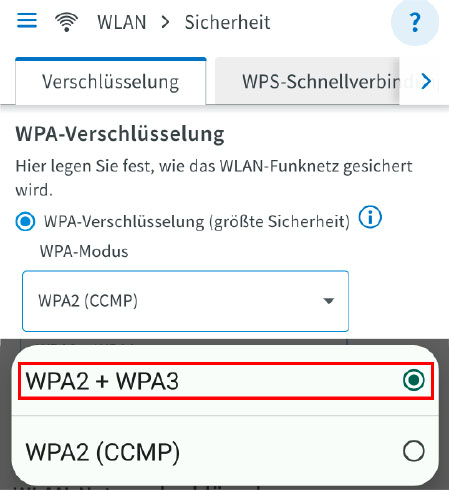 Hiding your Wi-Fi SSID offers no security benefits. A strong password and WPA3 encryption are crucial.
Hiding your Wi-Fi SSID offers no security benefits. A strong password and WPA3 encryption are crucial.
Hiding your SSID doesn’t enhance security. Hackers can easily discover hidden network names with readily available tools. A strong, lengthy password and WPA3 encryption are far more effective.
Hidden SSIDs also create inconveniences. Initial logins are cumbersome, requiring manual network name entry. Some devices struggle to connect to invisible networks.
Constantly Charging Batteries
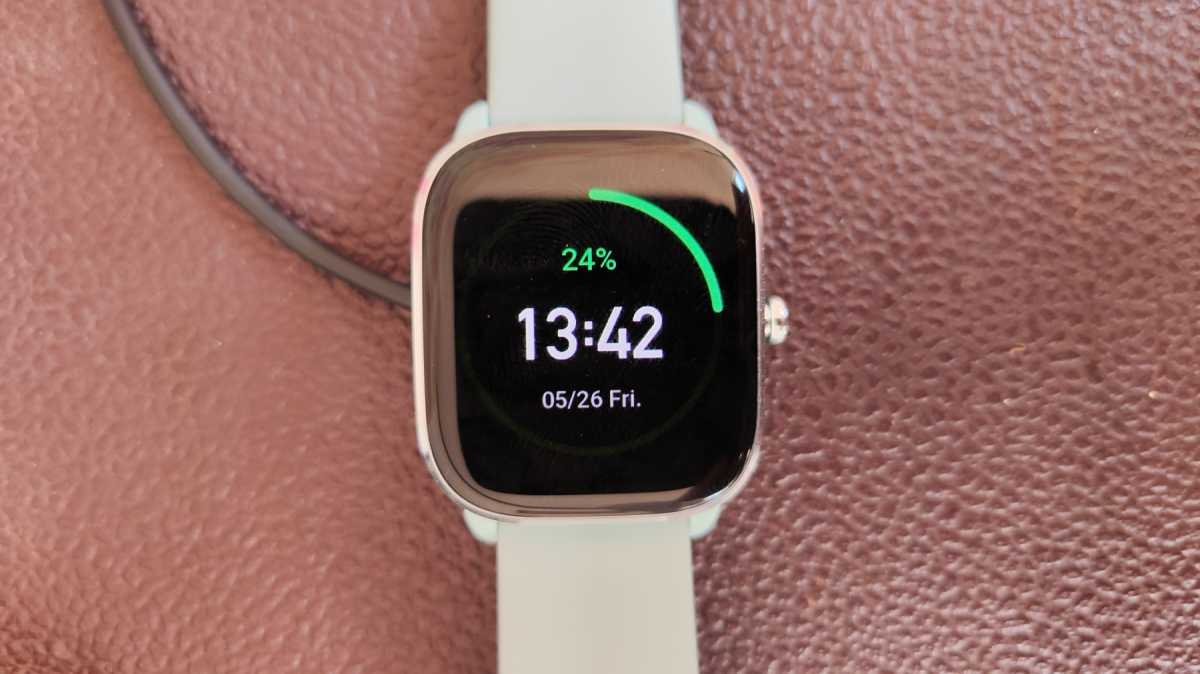 Charging the Amazfit GTS 4 Mini
Charging the Amazfit GTS 4 Mini
Unlike older battery technologies, completely draining modern batteries is harmful. Charging smartphones, laptops, and other devices at 20% battery is recommended.
Older nickel-cadmium batteries suffered capacity loss from premature charging (the “memory effect”). Modern lithium-ion and lithium-polymer batteries don’t have this issue. While more robust, they are damaged by frequent full discharges. Maintaining a charge between 20% and 80% is ideal. Charge your devices before they completely die.
USB-C: A Universal Connector?
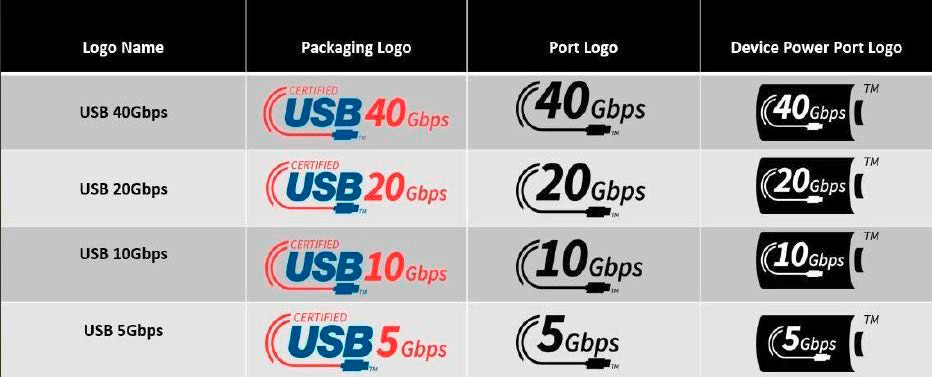 Be cautious when purchasing USB-C cables – transfer rates vary significantly.
Be cautious when purchasing USB-C cables – transfer rates vary significantly.
USB-C functionality varies widely. Not all Type-C ports are created equal. Consult the manual or product description to determine a device or port’s capabilities. Even standardized symbols are inconsistently used by manufacturers.
Adding to the confusion, USB-C shares the same physical connector as Thunderbolt, despite their distinct operational differences. Current USB logos highlight core Type-C functionalities, aiming for easier speed identification on packaging and connectors.
Frequent Password Changes
Frequent password changes aren’t inherently necessary. While not harmful, they can tempt users to choose easily guessable passwords. Incrementing a single number doesn’t significantly improve security. Long passwords with special characters and numbers, managed by a password manager, are much more secure.
Never reuse passwords across online accounts. If one account is compromised, others become vulnerable as hackers systematically test stolen credentials.
Hibernation and Power Consumption
Hibernation does not consume electricity, but the term is often confused with Windows’ “Sleep” mode. “Shut down” completely powers off the PC. “Hibernate” saves the current session to the hard drive and then powers off. Upon restarting, Windows loads the saved session, faster than a full reboot.
“Sleep” mode also saves the session, but keeps it in RAM, requiring continuous power. This drains laptop batteries over time. Unsaved data is lost if the battery dies in sleep mode. While both hibernation and sleep offer faster startup, restarting your PC every few days is beneficial. Restarting often resolves various computer and smartphone issues.
Browser “Private Mode” and Anonymity
 Avast promises its Secure Browser protects online activity and enhances privacy.
Avast promises its Secure Browser protects online activity and enhances privacy.
Private mode doesn’t guarantee anonymity. While storing less data, it doesn’t make you invisible online. Many services identify your browser (and you) via fingerprinting, a unique combination of your computer’s properties. Even VPNs and ad blockers can’t prevent this.
Anonymization and randomization techniques, which manipulate or constantly change your fingerprint, can counter fingerprinting. The Canvas Blocker add-on achieves this for Chrome, Edge, and Opera, while CanvasBlocker serves Firefox. Security software often includes anti-fingerprinting tools, like Avast’s free Secure Browser (https://www.avast.com/secure-browser#pc).
Cable Internet Slowdowns in the Evening
Cable internet is a shared medium, similar to mobile phone cell towers. More users sharing an access point reduces individual bandwidth. Historically, cable internet speeds dropped during peak evening hours.
However, providers continually upgrade their networks. A single node can now serve up to 500 households. With widely available speeds of 500Mbps to 1Gbps, increased evening usage is less noticeable.
Safely Removing USB Drives
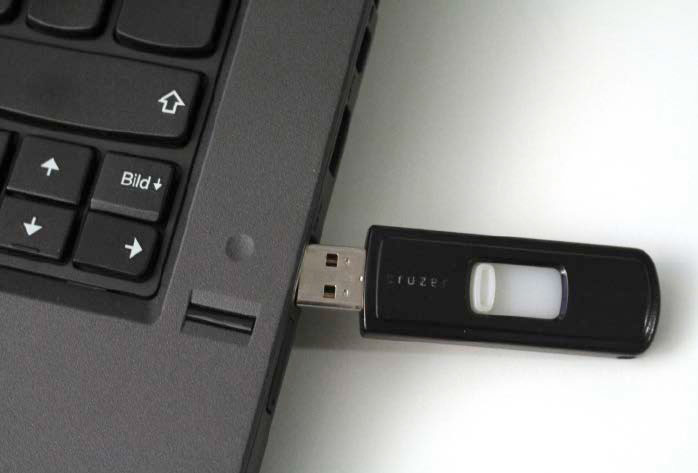 Removing a USB drive without "safely removing" doesn't harm Windows or the hardware. However, interrupting data transfer can cause data loss.
Removing a USB drive without "safely removing" doesn't harm Windows or the hardware. However, interrupting data transfer can cause data loss.
You can safely unplug USB drives without using the “Safely Remove Hardware” option. This won’t damage the drive, computer, or system configuration. Windows’ default “Quick Removal” setting ensures this.
However, ensure all files are closed and no data transfer is in progress. Interrupting a transfer can cause data loss or corruption. When copying large amounts of data or using slow USB drives, confirm the transfer window has closed before removal.
Third-Party Ink and Printer Warranties
Using third-party ink doesn’t invalidate your printer’s warranty, neither the manufacturer’s warranty nor the retailer’s legal warranty. To void the warranty, they must prove a causal link between the printer defect and the third-party ink. If such a link exists, the ink manufacturer is liable.
Chromebooks and Internet Connectivity
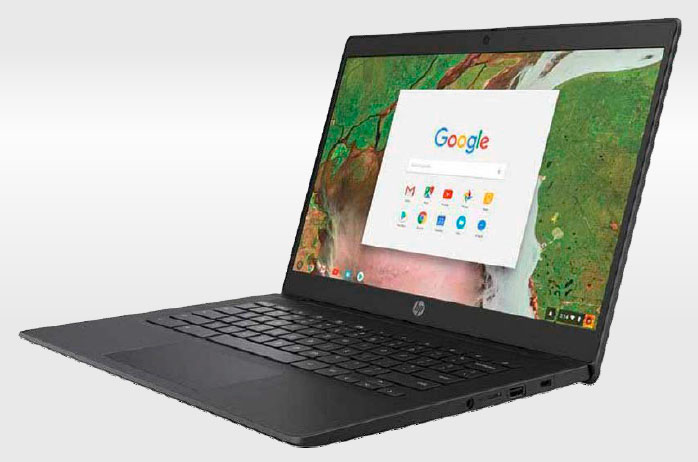 While Chromebooks utilize cloud services, they store data locally when offline, preventing data loss.
While Chromebooks utilize cloud services, they store data locally when offline, preventing data loss.
While Chromebooks primarily use cloud services, many tasks can be performed offline. The operating system caches changes locally and synchronizes them automatically when internet access is restored.
This is seamless for integrated services like Google Drive and Office. For other apps, it depends on their settings and functionality. Similar to smartphones, Chromebooks can install Play Store apps and utilize offline features like Spotify or Netflix offline playback.
Mobile vs. Landline Call Quality
Mobile call quality at home was once inferior to landlines. This might still hold true in areas with poor cellular coverage or dense urban environments. However, Wi-Fi calling addresses this issue.
Modern smartphones support Wi-Fi calling, seamlessly switching between cellular and Wi-Fi networks. When connected to both LTE and Wi-Fi, calls automatically use the local Wi-Fi network. Check your smartphone’s telephony or SIM card settings to enable this feature.
The Value of Completely Switching Off Devices
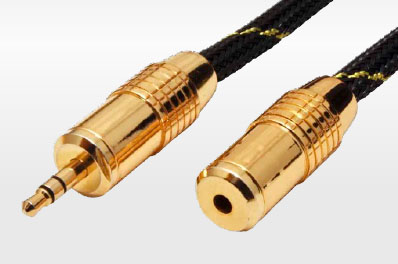 Gold-plated connectors offer no technical advantage over standard connectors. However, they resist oxidation.
Gold-plated connectors offer no technical advantage over standard connectors. However, they resist oxidation.
Switching off devices at the power strip is beneficial, though less so than before. With an average standby power of 0.75 watts per device, daily consumption is 18Wh, totaling 6.5kWh annually. Fifteen appliances (a realistic household number) consume almost 100kWh per year in standby mode.
For comparison, a four-person household uses 3,000-4,500kWh annually (excluding electric water heating). Standby power accounts for 2-3% of total consumption. Note: Computers and network hard drives should be shut down properly before power strip disconnection. OLED TVs can be damaged by power loss. Many inkjet printers flush their nozzles upon powering on, wasting ink.
Gold-Plated Cables: Are They Better?
Gold-plated audio and HDMI cables often command premium prices. Do they offer superior sound or signal quality? The answer is nuanced.
All cables use copper wires, which conduct electricity better than gold. Signal transmission quality is essentially the same. However, gold resists oxidation. Gold-plated contacts maintain conductivity over time, while other metals can develop an oxide layer, particularly in humid environments. To fully realize this benefit, both plug and socket contacts must be gold-plated.




